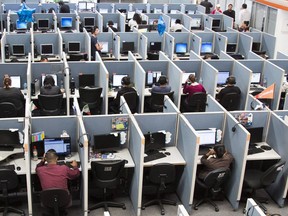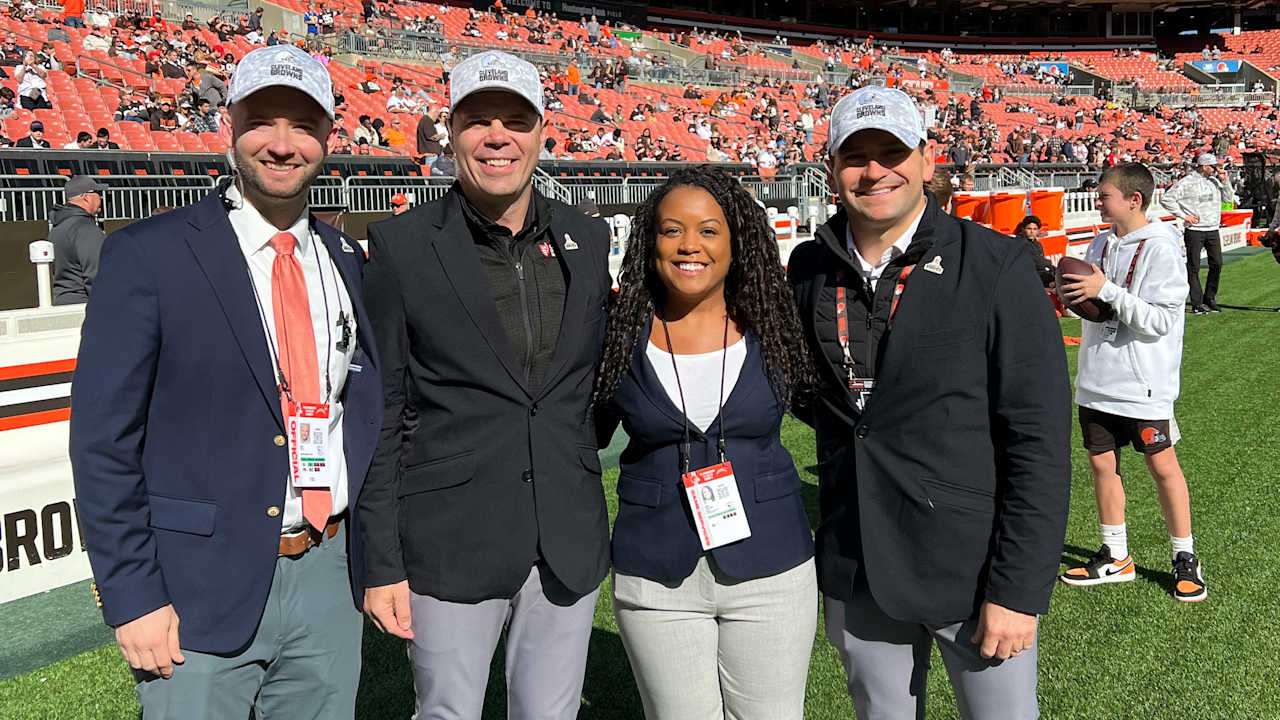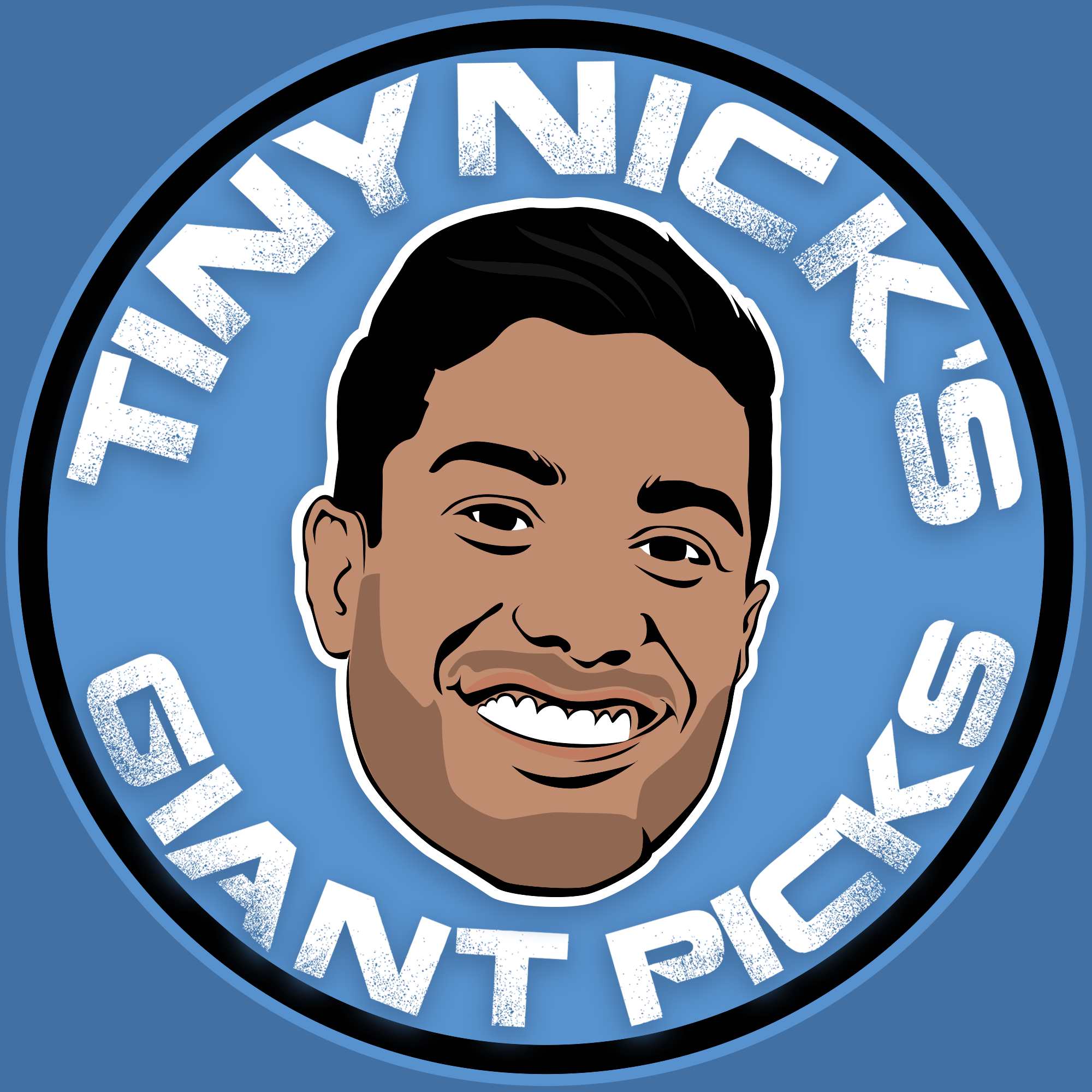Postmedia may earn an affiliate commission from purchases made through our links on this page.
Fitness
Fitness: The challenge to be more active at work

The typical office worker spends about 82 per cent of their 9-to-5 with their fanny planted firmly in a chair.
Article content
For many of us, the eight or so hours spent in the office is the least active part of the day. With only a small number of companies offering on-site gyms or fitness programs and most employees working in front of a screen, it’s no surprise the typical office worker spends about 82 per cent of their 9-to-5 sitting.
The dangers of too much time spent in a chair have been widely reported. Chronic sitters have an increased risk of heart disease, diabetes, high blood pressure, an unhealthy body weight and mortality. They’re also less likely to get a good night’s sleep and more likely to report higher levels of life dissatisfaction. None of these outcomes are consistent with a healthy and productive workforce.
Advertisement 2
Article content
Workplace wellness programs often address the difficulties employees have being active at work, but changing corporate culture isn’t easy. Promotional campaigns to use the stairs, take active breaks and break up extended periods of sitting are a good start but rarely result in significant changes in sedentary office behaviour. What has proved to get employees moving are company-wide fitness challenges.
A typical corporate fitness challenge teams up colleagues to achieve a specific goal, like accumulating the most steps or active minutes. Challenges run for four to eight weeks and use digital tools like apps to collect fitness data. At the end of the challenge, the team that has accumulated the most active minutes, wins.
ParticipACTION, a non-profit organization dedicated to getting Canadians moving, runs several fitness challenges a year, some within organizations and some open to the general public.
“We’ve been doing this for years,” said Rebecca Jones, ParticipACTION’s senior director of marketing and communications. One of the more popular options is the Sneak It In program that encourages employees to accumulate frequent small bouts of physical activity during the day. Using an app to track steps and/or eligible activities, teams and individuals compete to collect the most active minutes. The competition between teams is friendly, with the goal to increase engagement as well as time spent being active.
Advertisement 3
Article content
Jones says buy-in by senior management is key to a successful challenge. Making it easy for employees to be active in the workplace is top-down initiative. Adding lunch hour yoga classes, promoting active commuting, offering discounts to community bike share programs or local gyms and encouraging walking meetings, desk workouts and stair climbing initiatives are only some of the more popular programs.
Steven Grover, professor of medicine at McGill University and founder of the McGill Health Improvement Program, has helped facilitate fitness challenges at universities, federal agencies, the military and in hospitals. He begins each challenge with individuals filling out a survey to assess their current state of health and level of physical activity and create a baseline from which to compare once the challenge is over. But he emphasizes there are more positives to a fitness challenge than only racking up the exercise minutes.
“The mental health benefits are substantial,” he said.
Some of the boost to mental health is the result of an increased daily dose of physical activity. Exercise is a proven mood enhancer. But it’s also related to the opportunity for co-workers to engage with each other over something other than work. Most fitness challenges encourage participants to communicate with their teammates through an on-line message board offering words of encouragement, virtual high fives and planning group activities, all in the pursuit of meeting team goals.
Advertisement 4
Article content
“Even sharing simple sentiments like telling everyone to have a great day seem to matter to a lot of people,” Grover said.
Grover and Jones said almost all fitness challenges get more people moving more often. But whether participants realize any health benefits or stick with their active lifestyle after the challenge is over is a continuing question.
Grover regularly monitors the stats of the fitness challenges he facilitates, including publishing two studies on a program implemented by pharmaceutical giant Merck Canada. The studies reported on the health and exercise habits of Merk employees one and two years after the initial fitness challenge, which included health screenings and a web-based platform to enter and collect data including active minutes, sleep habits and feedback on stress, fatigue and depression.
Grover and his research team reported improvements in blood pressure, cholesterol, weekly physical activity, perceived stress, sleep, fatigue, blood sugar and cardiovascular health, realized in the first fitness challenge were maintained or further improved by employees participating in a subsequent challenge.
Also worthy of note is employees with at least one cardiovascular risk factor realized the most significant health benefits, adding 100 minutes to their weekly exercise tally and improving most of the other markers of good health. Not to be outdone, those who entered the challenge as the least fit increased their level of physical activity five-fold and reported significant improvements in sleep and stress.
“Workplace wellness programs focusing primarily on evolving team challenges may support long-term employee participation, engagement with healthy lifestyle habits, and sustained clinical improvements,” reported Grover and his team.
With those kind of results, corporate fitness challenges are a good return on investment.
Recommended from Editorial
Advertisement 5
Article content
Article content











